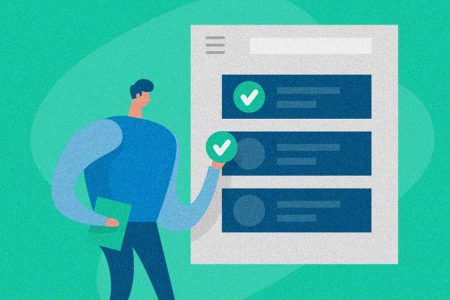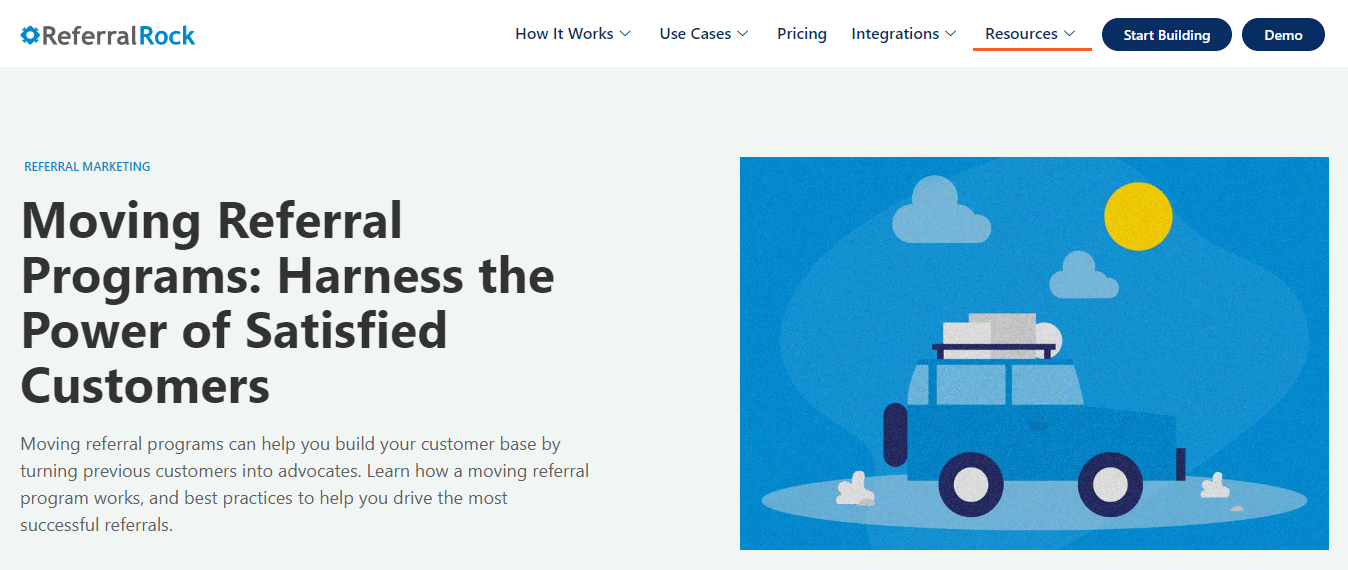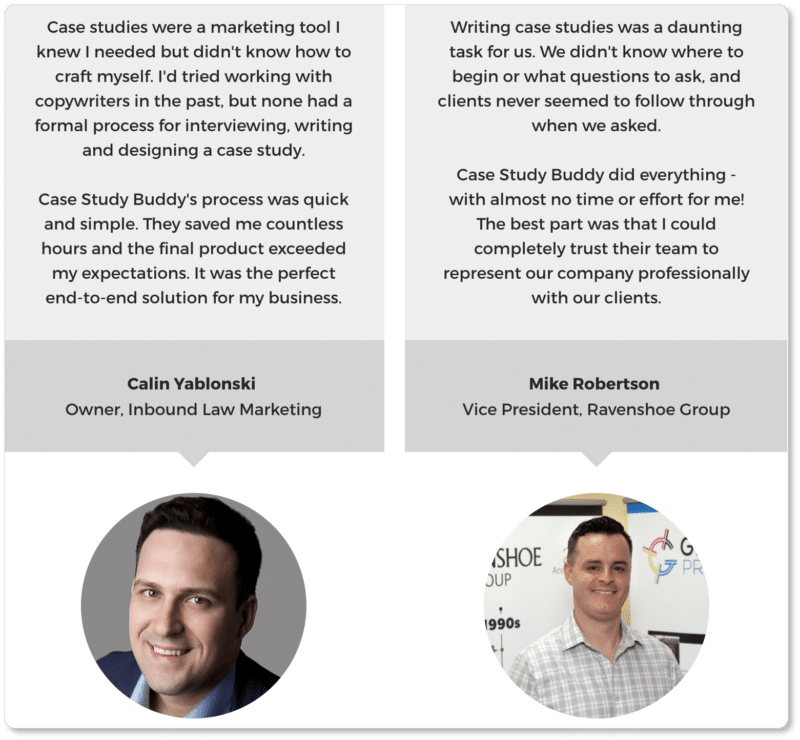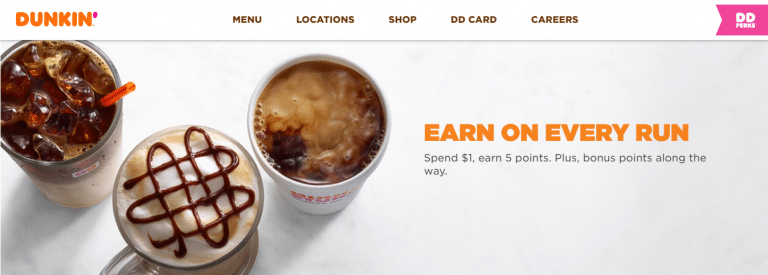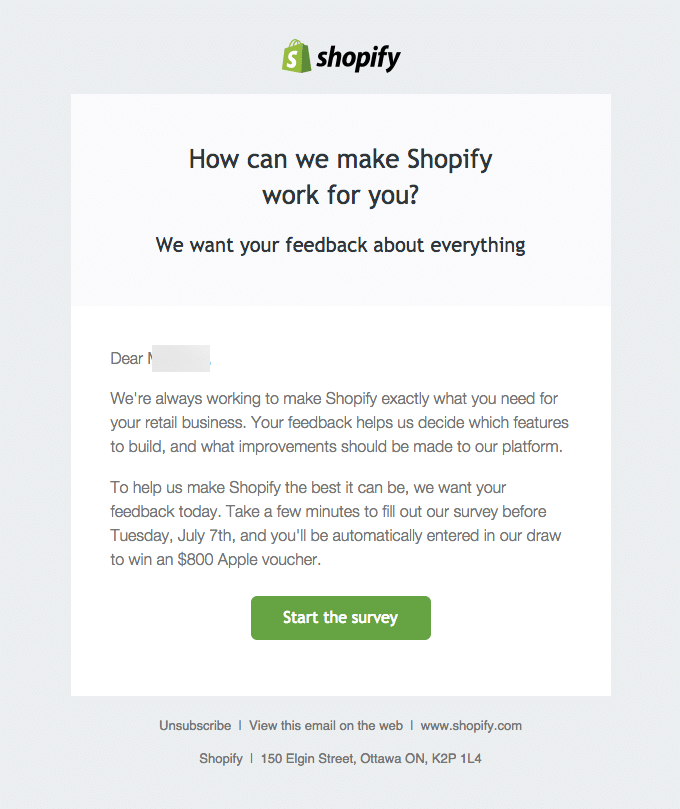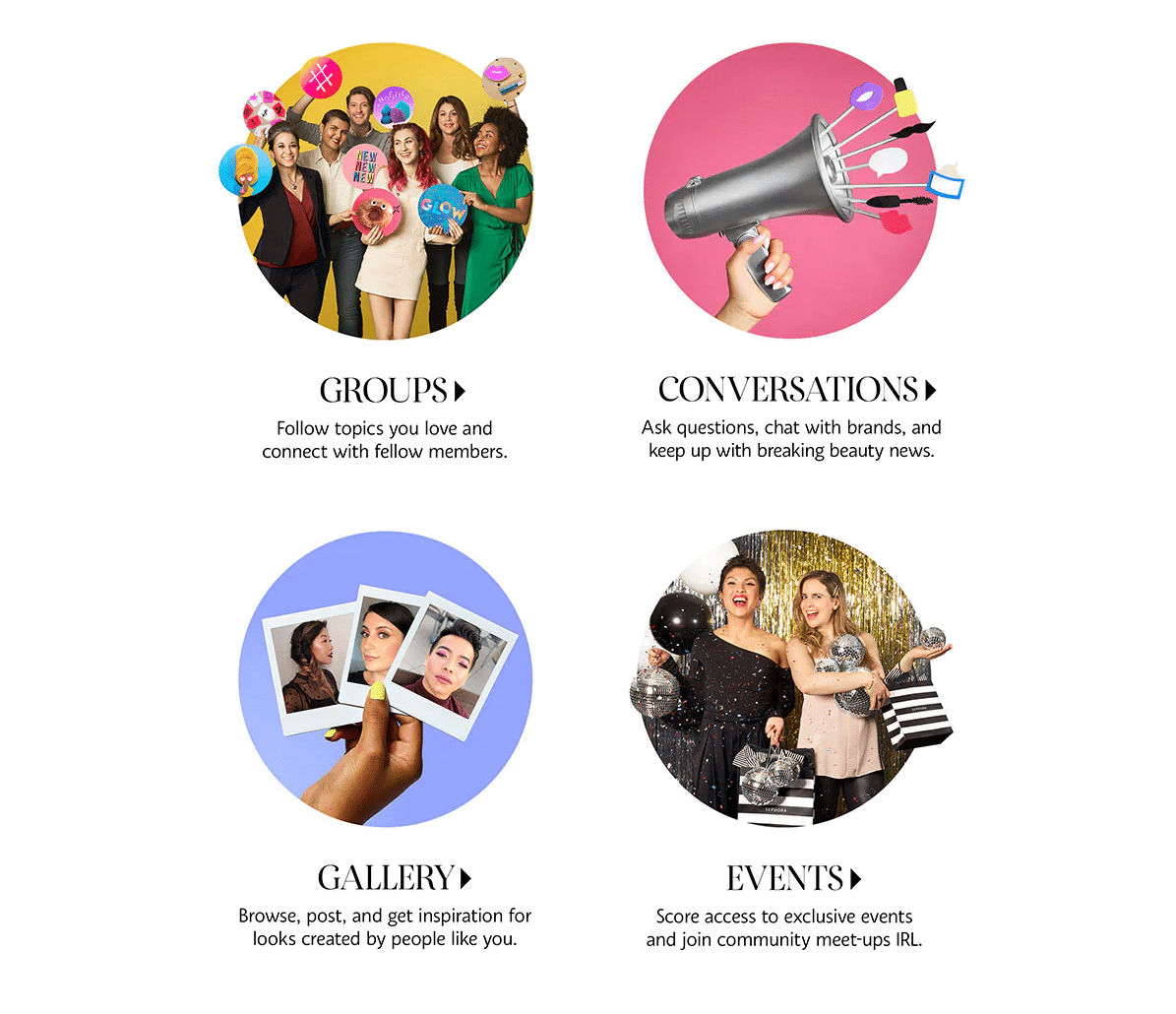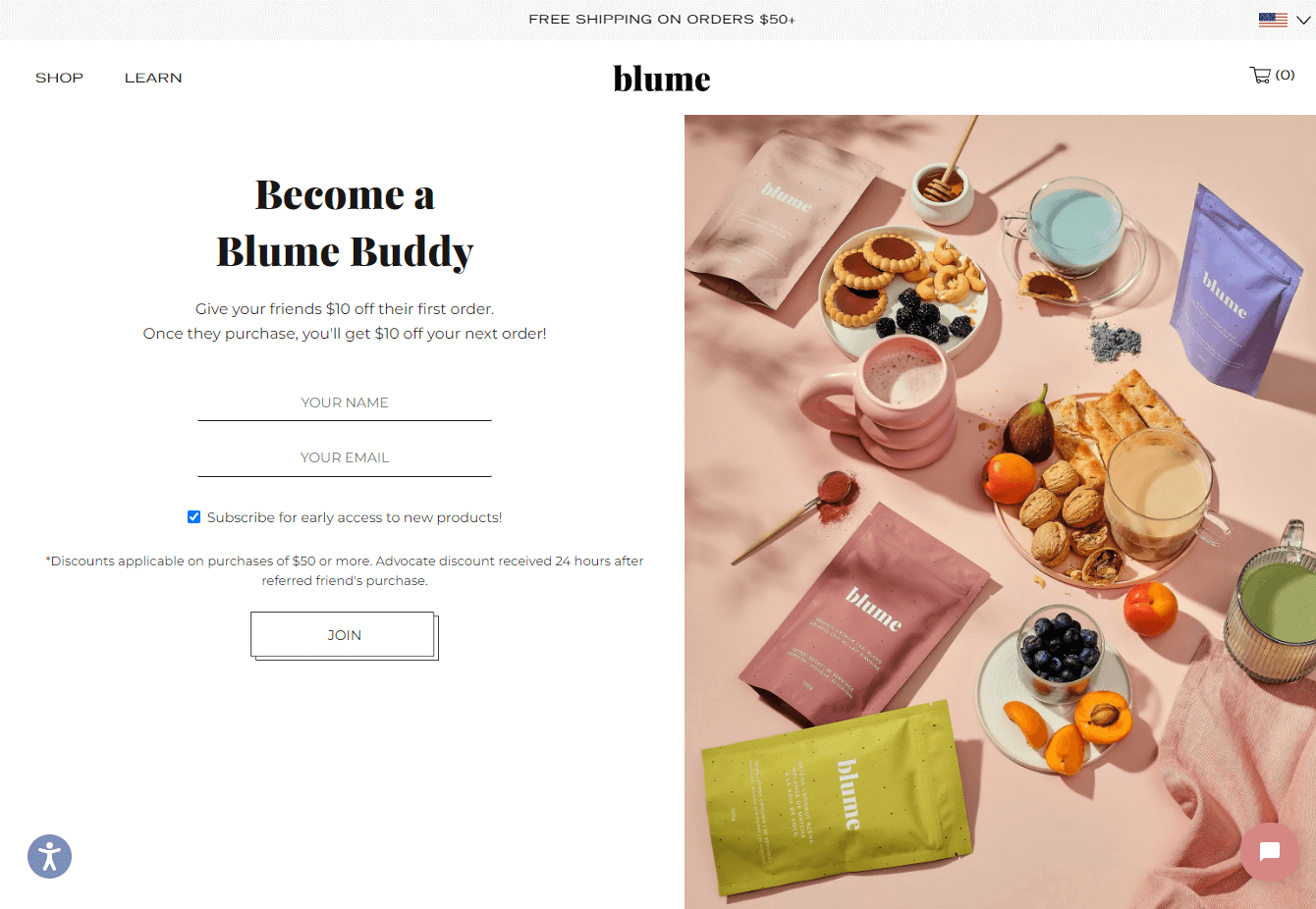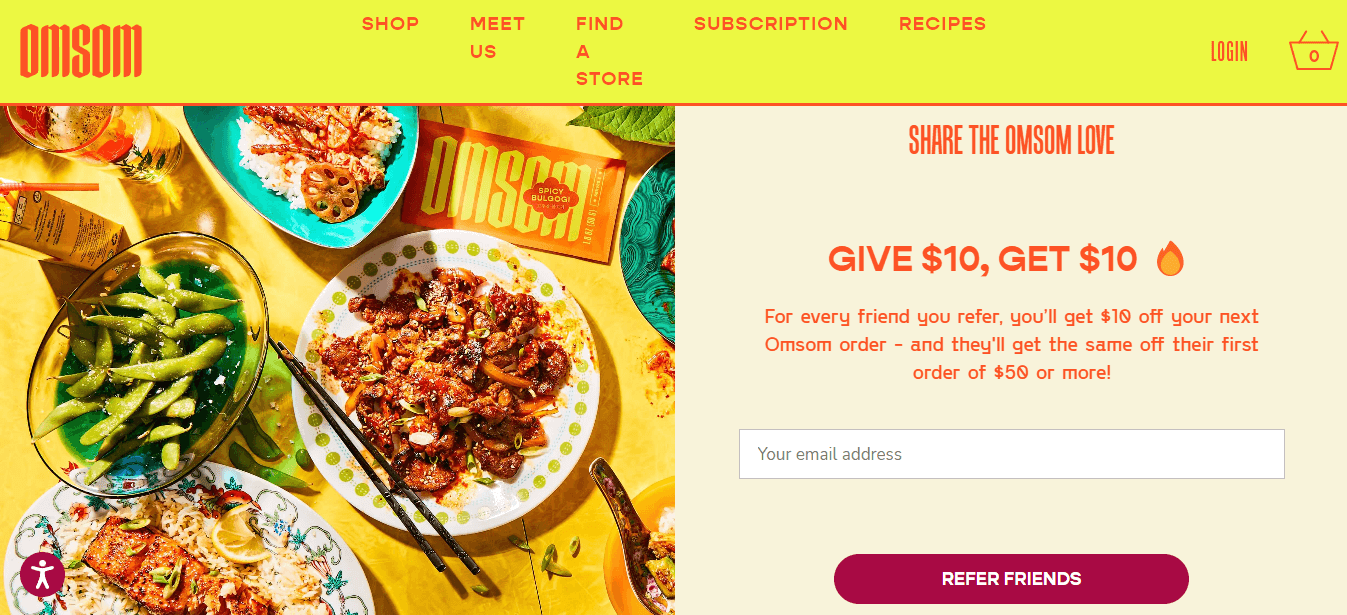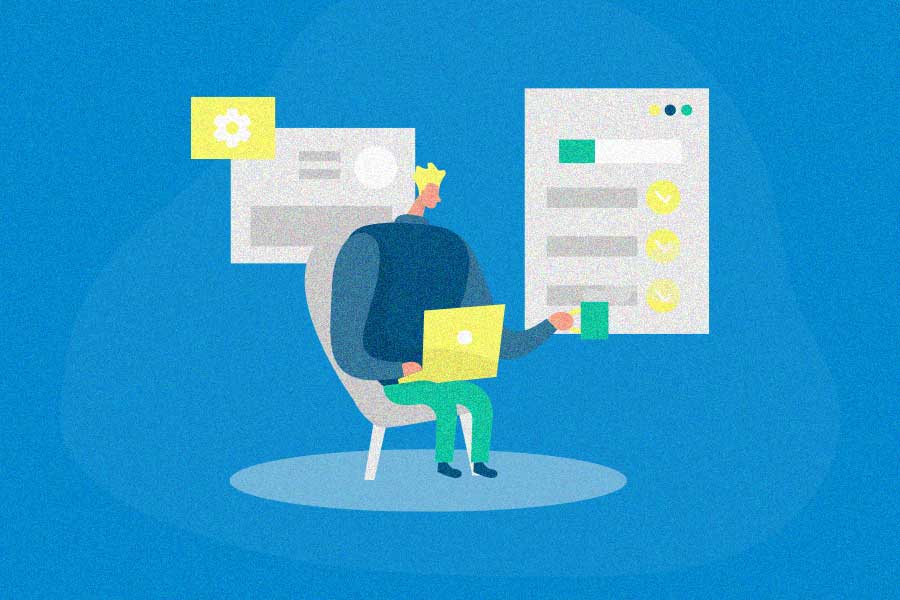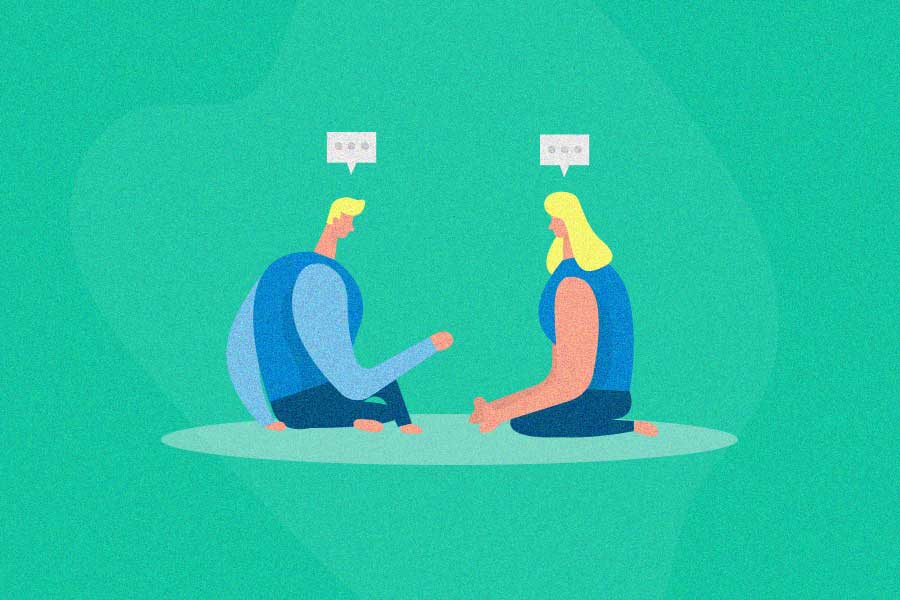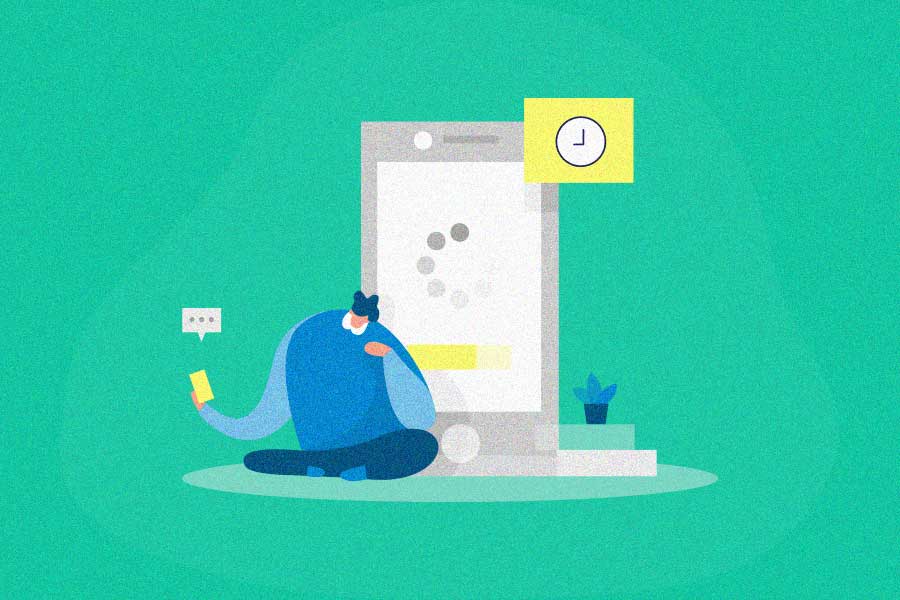In today’s ultra-competitive business landscape, understanding customer journeys and implementing effective marketing strategies are the keys to sustained success. Emerging from this need is a ground-breaking approach called lifecycle marketing, which focuses on meeting someone’s needs at six distinct stages of their customer lifecycle or journey.
Lifecycle marketing is geared towards nurturing potential customers from the moment they become aware of your brand until they transition into loyal brand advocates. In this comprehensive guide, we will explore the different stages of the customer lifecycle marketing strategy, and provide valuable insights on how to optimize them for maximum impact.
What is lifecycle marketing?
Lifecycle marketing is a system designed to attract, sell to, and wow customers by offering them the right content at the right time based on their individual customer journey. It is a process that manages the customer experience from initial awareness to brand advocacy, and involves optimizing your marketing and sales strategies to reach people at each stage of the customer lifecycle.
The six stages involved in lifecycle marketing are:
- Awareness
- Engagement
- Conversion
- Retention
- Loyalty
- Advocacy
By optimizing each stage of the customer lifecycle, businesses can create deep connections, boost conversion rates, and cultivate enduring loyalty – which eventually drives customers to become advocates, and bring in new leads who restart the cycle.
Why use lifecycle marketing?
Whether you’re an ecommerce business, a B2B, or another type of company, lifecycle marketing can bring you a wealth of benefits. In a market defined by consumer-centric approaches, lifecycle marketing equips businesses with a roadmap, enabling them to optimize each interaction stage in the customer lifecycle, from initial brand awareness to the ultimate goal of molding customers into loyal advocates.
By gaining a deeper understanding of the customer’s journey and tailoring marketing strategies to address their distinct needs at every stage, your company can create personalized and engaging experiences that bolster loyalty and skyrocket revenue.
One of the advantages of lifecycle marketing is its unique ability to provide a holistic view of the customer experience. By scrutinizing data and insights derived from a multitude of touchpoints, your business can delve deeper into customer behavior, preferences, and pain points. This equips your business with the power to craft marketing campaigns that resonate with customers, further enhancing their overall experience.
Moreover, lifecycle marketing enables your marketing team to distribute personalized content and messages that align closely with the customer’s current stage in their journey. This approach rejects a one-size-fits-all approach and fosters an environment where businesses can tailor their communication to tackle the unique challenges customers face at different points in their lifecycle.
These personalized experiences can propel customer engagement, build trust, and cultivate loyalty, as customers feel seen and valued by your brand as they engage. Lifecycle marketing also offers your business the opportunity to proactively address customer pain points, which can markedly improve customer satisfaction and retention.
Six stages of lifecycle marketing: A deep dive
Developing a robust understanding of the six stages of lifecycle marketing paves the way for businesses to fine-tune their strategies. Doing so allows businesses to create lifecycle marketing campaigns – personalized content and finely crafted marketing messages that meet customer needs at each stage – leading to enhanced engagement, conversions, retention, loyalty, and advocacy. Let’s dive into these six stages of lifecycle marketing.
Awareness
In the initial phase of the marketing lifecycle known as awareness, potential customers become cognizant of a given brand or product. Capturing attention, and generating interest through a positive and lasting impression, is critical in this stage. To do so, businesses must concentrate on crafting engaging and informative content that addresses customer pain points and brings their unique value propositions into focus.
By leveraging diverse marketing channels such as social media, search engine optimization (SEO), and influencer partnerships, businesses can successfully reach their target audience. Personalized content is particularly crucial in this stage, enabling businesses to specifically tailor messaging to different customer segments, thereby enhancing relevance and engagement.
By strategically implementing awareness strategies, brands can build recognition, establish credibility, and lay the groundwork for successful customer relationships throughout the entire lifecycle.
Engagement
The engagement phase is a critical milestone in the marketing lifecycle, where businesses seek to forge a relationship with potential customers. This stage can be further distilled into two sub-stages: lead generation and lead nurturing. During lead generation, businesses aim to capture contact details and turn interested individuals into bona fide leads. This can happen through various strategies such as gated content, email subscriptions, webinars, or free trials.
Once these leads are secured, the nurturing phase kicks in. Businesses provide valuable content, personalized recommendations, and tailored messaging designed to educate and guide leads towards a conversion, or their first purchase. The objective of the engagement stage is to deepen the connection with potential customers, construct a foundation of trust, and shepherd them further along the sales funnel.
Personalized content marketing plays a particularly significant role in this stage as well. By tailoring their messages to align with individual leads’ particular interests and needs, businesses can augment engagement and boost the likelihood of conversion. Additionally, using marketing automation tools can streamline the engagement process with real-time delivery of appropriate content to leads at various touchpoints.
By effectively engaging potential customers, businesses can foster relationships, position themselves as trusted advisors, and ultimately drive conversions in the subsequent stage of the lifecycle.
Conversion
The conversion phase is the crucial turning point in the marketing lifecycle where interested leads transform into paying customers. The primary objective of this phase is to seal the deal and generate revenue for the business. To optimize conversions, it is vital for businesses to ensure a seamless and frictionless buying experience.
During the conversion stage, removing any obstacles that could deter the customer’s decision to proceed with a purchase is paramount. Strategies could include offering secure and user-friendly online checkout processes, providing versatile payment options, and ensuring transparent pricing and return policies.
Personalized offers and incentives, delivered through email marketing, SMS notifications, or pop-ups, can act as potent motivators for potential customers to complete the final step towards conversion. Strategies such as limited-time promotions, discounts, or free shipping can imbue a sense of urgency and furnish added value for the customer.
Moreover, customer testimonials, reviews, and case studies can instill confidence and credibility in the minds of potential buyers. Positive social proof can significantly influence their decision-making process and tip the odds in favor of conversion.
By focusing on optimizing the conversion stage, businesses can convert interested leads into paying customers, generate revenue, and pave the way for developing long-term customer relationships in the upcoming stages of the marketing lifecycle.
Retention
In the marketing lifecycle, the retention stage is instrumental in holding onto customers after their initial purchase. The goal here is to nurture existing customers and spark repeated business. As retaining existing customers is more cost-effective than attracting new ones, it is of paramount importance for businesses to prioritize effective customer retention strategies.
To optimize retention and reduce customer churn, businesses should focus on delivering consistent value and exceptional customer experiences. This is achievable through continued personalized communication, proactive customer support, and custom recommendations based on customer preferences and behaviors.
Developing loyalty programs, exclusive offers, and rewards for repeat purchases can incentivize customers to continue their business affiliation with the company. By making customers feel appreciated and valued, businesses can bolster the emotional bond and morph customers into brand advocates.
Actively seeking feedback from customers and promptly addressing any issues is also critical for retention. By actively listening and responding to customer inputs, businesses can showcase their dedication to customer satisfaction.
Successfully retaining customers results in an augmented customer lifetime value and repeated purchases, along with the benefits of positive word-of-mouth referrals. Retention is a key driver of long-term success and profitability, warranting businesses to allocate resources and efforts to nurture and hold onto their existing customers.
Loyalty
Loyalty, the fifth phase in the marketing lifecycle, aims at deepening the emotional connection with customers, cultivating a sense of belonging, and stimulating continued brand engagement. To foster loyalty, businesses must go the extra mile to exceed customer expectations and prioritize personalized experiences.
By leveraging a wealth of customer data and insights, businesses can present tailored recommendations, exclusive perks, and customized offers that resonate with individual customers.
Launching a community or VIP program can further drive loyalty by injecting a sense of exclusivity and recognition. Offering privileged access to events, early product launches, or unique content can make customers feel valued and appreciated.
Relentlessly delivering exceptional customer service is also critical for building loyalty. Being responsive to customer feedback, addressing issues promptly, and offering proactive support can strengthen the relationship between customers and the brand.
Successfully nurturing loyalty enables businesses to reap benefits like repeat purchases, an increased customer lifetime value, and eventually, positive brand advocacy as customers move to the final lifecycle stage. Loyal customers evolve into advocates actively promoting the brand to their networks, further triggering the growth and success of the business.
Advocacy
Advocacy is the ultimate zenith of the marketing lifecycle, where loyal customers evolve into ardent brand advocates. Advocates actively promote the brand, share their positive experiences, and recommend it to others. Businesses encourage advocacy by nurturing relationships with loyal customers through exceptional experiences and personalized communication.
Implementing referral programs effectively taps into the powerful networks of loyal customers, generating new leads. Encouraging customer advocacy and rewarding them for referrals is a potent strategy to nurture loyalty. This strategy allows businesses to leverage the power of word-of-mouth marketing and broaden their customer base.
Encouraging user-generated content, and asking for testimonials and reviews, also tap into the advocacy stage to build social proof and improve brand reputation. Engaging with advocates, acknowledging their support, and involving them in brand-related activities serve to deepen the bond.
Successfully converting loyal customers into passionate brand advocates generates a host of benefits for businesses. These benefits range from expanded reach to enhanced brand credibility. Advocacy then becomes a robust engine for growth as advocates continue to bring in new customers, contributing to the continual cycle of marketing lifecycle.
Referral programs: The best customer lifecycle strategy
Referral programs are the best advocacy strategy, as they use loyal customers’ word to directly bring in new customers. In other words, they tap into customers at the advocacy stage to directly bring in new leads. These referred leads are more likely to become new customers, and more likely to keep purchasing from you. This means you’ll end up with many new customers who will easily advance to the retention and loyalty stages themselves – and who then become advocates, starting the cycle once more by bringing in new customers.
Since referral programs can feed the lifecycle on their own, it makes sense to invest in referral software to measure their impact. Referral software gives every customer a unique link, so you can easily track their advocacy and keep tabs on campaign metrics. It instantly sends out rewards when customers earn them. And with automated emails to promote your program, it’s easy to keep customers engaged.
Final thoughts
Firmly rooted in the principles of continuous learning and process optimization, lifecycle marketing is a powerful tool that can ensure long-term business success. Understanding the unique stages of the customer lifecycle, coupled with delivering personalized experiences, nurturing relationships, and building brand loyalty, allows companies to enhance individual customer values and drive overall growth.
With lifecycle stages that include the generation of brand awareness, leading conversion, customer retention, loyalty cultivation, and the creation of brand advocates, lifecycle marketing serves as a comprehensive guide for businesses looking to optimize their marketing initiatives. Businesses can leverage this framework to analyze their current marketing efforts, identify potential areas for improvement, and utilize customer data to adapt to evolving needs.
Embracing lifecycle marketing is an enlightened approach that can guide businesses in unlocking the vast potential ensconced within the buyer’s journey, driving sustainable, long-term growth.
